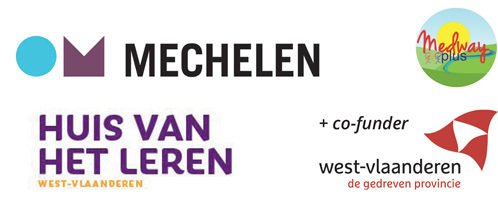
This kind of business has a value proposition focused around low prices. They will try and minimise costs wherever possible, for example, by relying on automation and outsourcing.
Discount supermarkets like Aldi and Lidl are in this category because they focus on price and simplicity. They offer a smaller selection of products, but at a much lower price than their competitors. Their strategies and tactics are focused on the goal of reducing costs.
On the opposite end of the scale, some businesses focus on delivering high-value products. These are often personalised for the customer, with considerable effort being put into creating an experience that customers are happy to pay more for.
For example, a designer clothing boutique will focus less on price and more on service. In-house stylists are trained to understand individual customers’ tastes and be able to select items based on what they might like. They can even tailor items to fit if the customer wants it. The cost is less important in this case. Instead, it’s about making sure the customer gets the high-value service they expect.
Of course, these are two extremes and many businesses fall somewhere in between the two approaches.
L'approche opérationnelle sur les coûts dépend de votre offre unique. Il existe différentes structures de coûts :
Ce type d'entreprises a une proposition de valeur centrée sur les bas prix. Elles vont essayer de limiter les coûts autant que possible, par exemple, en misant sur l'automatisation et la sous-traitance.
Les supermarchés tels que Aldi et Lidl appartiennent à cette catégorie car ils ciblent les prix bas et la simplicité. Ils proposent une sélection de produits plus limitée mais à un prix moins élevé que leurs concurrents. Leurs stratégies et tactiques se concentrent sur un objectif de réduction des coûts.
À l'autre extrême de l'échelle se trouvent les entreprises qui ont choisi de faire le commerce de produits de grandes valeurs. Ces derniers sont souvent personnalisés pour le client. L'entreprise décuple ses efforts pour créer une expérience que les clients sont prêts à payer plus cher.
Par exemple, une boutique de vêtements de designer ne poursuivra pas une stratégie de prix bas, mais une optimisation de l'offre de service. En interne, les stylistes sont formés pour comprendre les goûts individuels du client et pour choisir les articles en se basant sur leurs préférences éventuelles. Ils peuvent même retoucher des articles à la demande du client. Le prix importe peu dans ce cas. Il s'agit plus de s'assurer que le client reçoit le service haut de gamme qu'il attend.
Bien entendu, il s'agit ici de deux extrêmes. De nombreuses entreprises se situent entre ces deux approches.
De manier waarop bedrijven hun kosten benaderen, hangt af van hun unieke aanbod. Kijk eens naar de volgende kostenstructuren:
Deze bedrijven hebben een waardepropositie gericht op lage prijzen. Ze zullen proberen om de kosten zo veel mogelijk te minimaliseren, bijvoorbeeld door te steunen op automatisering en outsourcing.
Hieronder vallen supermarkten als Aldi en Lidl, omdat ze zich richten op prijs en eenvoud. Ze bieden een kleinere selectie aan producten, maar tegen een veel lagere prijs dan hun concurrenten. Hun strategieën en tactieken zijn gericht op het verlagen van de kosten.
Aan de andere kant van het spectrum staan de bedrijven die zich richten op hoogwaardige producten. Deze zijn vaak persoonlijk aan de klant aangepast en er is extra aandacht besteed aan het creëren van een ervaring waar klanten graag bereid zijn meer voor te betalen.
Een boetiek voor designerkleding bijvoorbeeld richt zich minder op de prijs en meer op de service. In-house-stylisten zijn erop getraind om de smaak van individuele klanten te begrijpen en kleding uit te zoeken op basis van wat ze mooi zouden vinden. Ze kunnen zelfs kleding op maat maken, mocht de klant dit willen. De kosten zijn in dit geval minder belangrijk. In plaats hiervan gaat het erom dat de klant de topservice krijgt die hij verwacht
Dit zijn natuurlijk twee uitersten en veel bedrijven vallen ergens in het midden van deze twee benaderingswijzen.
Je ondernemersplannen moet je niet enkel praktisch vormgeven, maar ook op financieel vlak moet je er even bij stil staan. Een financieel plan is voor sommige ondernemingen verplicht, voor anderen niet. Hier ontdek je of je er eentje moet opstellen en waarom het interessant is om er eentje op te maken.

